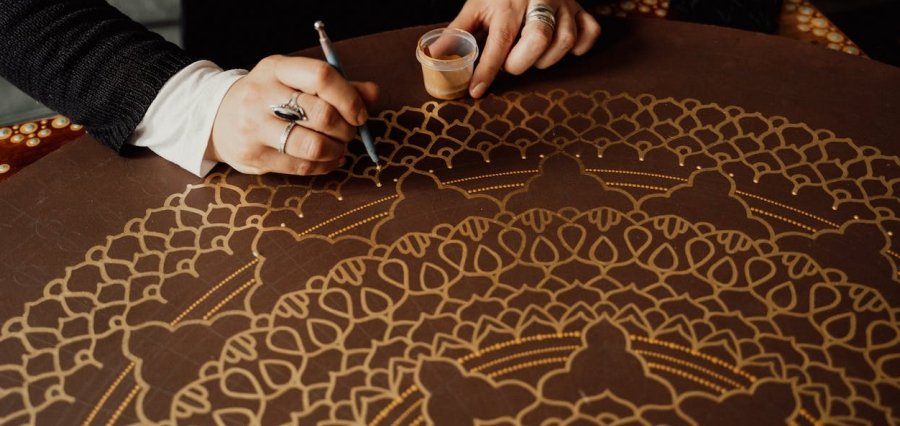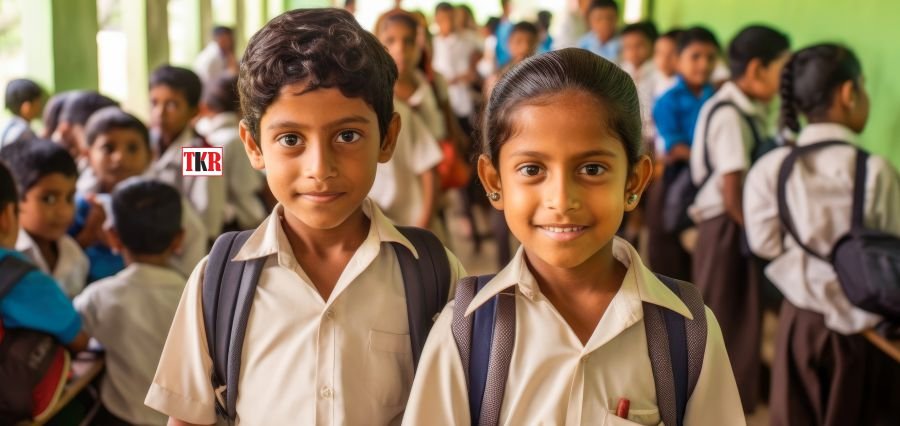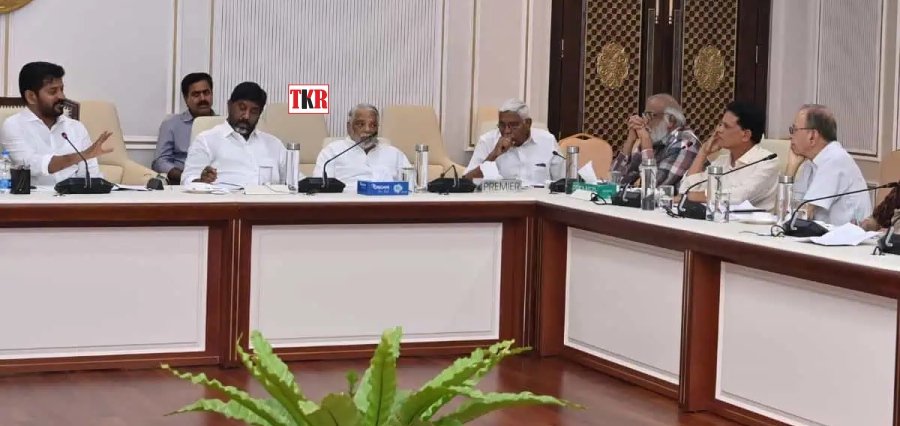Folk and Tribal Art in India
In the heart of rural India, where the earthy scent of the soil mingles with the vibrant colors of tradition, a unique form of storytelling thrives. The art of storytelling through folk and tribal art has been an integral part of India’s cultural tapestry for centuries. It is a living testament to the heritage and creativity passed down through generations, a legacy that is as captivating as authentic.
India’s rich and diverse cultural landscape has given birth to many folk and tribal art forms, each with its unique language and narrative. These art forms are more than just colorful expressions; they are a window into the soul of a people, a reflection of their beliefs, dreams, and aspirations. In this article, we embark on a journey to explore the enchanting world of Indian folk and tribal art, where stories come to life through brush strokes, intricate designs, and mesmerizing patterns.
The Mosaic of Folk and Tribal Art
India’s folk and tribal art forms are as diverse as its people and traditions. From the intricate Madhubani paintings of Bihar to the exuberant Warli art of Maharashtra, the flamboyant Pattachitra of Odisha to the vibrant Gond art of Madhya Pradesh, the canvas of Indian folk art is kaleidoscopic. Each form carries a unique story, a slice of history, and a piece of life.
These art forms are not confined to canvas or paper; they adorn walls, floors, and even textiles. They narrate tales of daily life, rituals, myths, and legends with a profound connection to nature and the spiritual world. It is through these art forms that generations have preserved their cultural identity, transcending language barriers and the sands of time.
Folk and Tribal Artists as The Storytellers
The custodians of this rich tradition are the skilled artists who create these masterpieces. Often hailing from marginalized communities and remote villages, these artists connect profoundly with their art. They learn from their elders, observing and imitating the techniques passed down through generations. Their art is not just a livelihood but a means of preserving their heritage.
Artists like Jangarh Singh Shyam, Jivya Soma Mashe, and Bhuri Bai have taken their traditional Gond and Warli art to international platforms, garnering recognition and acclaim. Their stories are a testament to the power of art in transcending borders and creating a global impact.
Visual Stories of Daily Life
Folk and tribal art celebrate every day, capturing the mundane in a mesmerizing manner. Scenes of rural life, agriculture, and the bustling village market come alive through these art forms. The portrayal of women fetching water from the well, farmers toiling in the fields, or tribal celebrations and rituals all encapsulate the essence of rural India.
For instance, Warli’s art, characterized by its rudimentary style and simple geometric shapes, depicts scenes of marriage, harvest, and the connection between humans and nature. These visual narratives often represent the artist’s perspective on life, embodying their worldview, aspirations, and reverence for their surroundings.
Myths and Legends on Canvas
Myths and legends, handed down through generations, find a vivid expression in folk and tribal art. These art forms are a repository of ancient stories, many of which revolve around gods, goddesses, and mythical creatures. Through intricate detailing and bold strokes, artists breathe life into these tales.
In Odisha’s Pattachitra, one can witness the epic stories of Lord Jagannath, Krishna, and other Hindu deities. These paintings often adorn the walls of temples, adding a sacred dimension to their artistic beauty. The blending of spirituality and art is a remarkable feature of these art forms.
Nature as Muse
Nature has always been a recurring theme in folk and tribal art. Artists draw inspiration from their immediate surroundings, showcasing the flora and fauna that are an integral part of their lives. Trees, birds, animals, and the elements are meticulously depicted, reflecting the harmony and dependence between humans and nature.
The Santhal tribes of West Bengal, for example, are known for their depictions of nature and animals in their Sohrai and Khovar art. Through vibrant patterns and bold colors, they express their deep connection to the earth and the creatures that share their habitat.
Reviving the Past, Paving the Future
While these art forms have a rich and timeless history, they have not remained stagnant. In an era of globalization, these art forms have evolved and adapted to new mediums and audiences. Artists are experimenting with modern materials, such as canvas and acrylics, to cater to a broader market.
Non-governmental organizations and government initiatives have played a significant role in preserving and promoting folk and tribal art. They provide artists with training, exposure, and access to global markets, ensuring these traditions thrive.
Conclusion
Indian folk and tribal art are more than just patterns and colors; they are visual stories that capture the essence of a diverse and culturally rich nation. These art forms provide a glimpse into the lives, traditions, and beliefs of India’s indigenous communities. As we appreciate the aesthetics of these art forms, let us also recognize the importance of preserving and promoting them. In doing so, we ensure that the art of storytelling through folk and tribal art in India continues to enchant and educate, bridging the gap between the past and the future.





